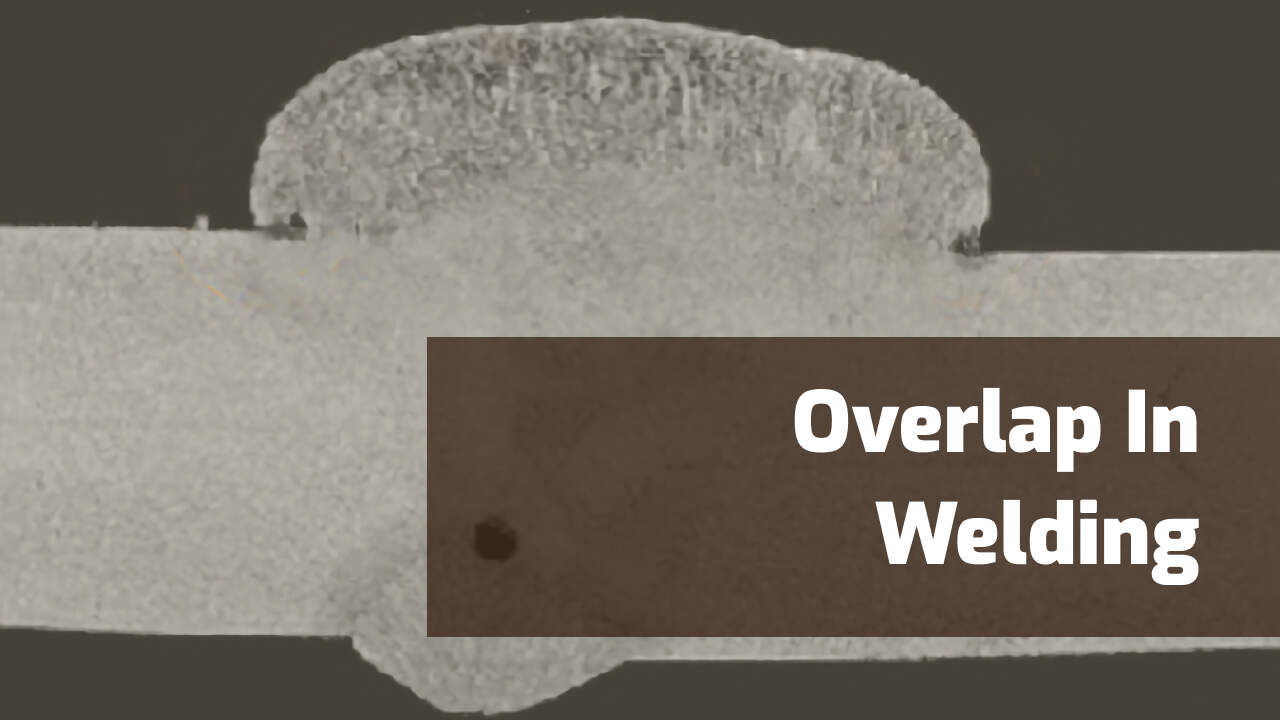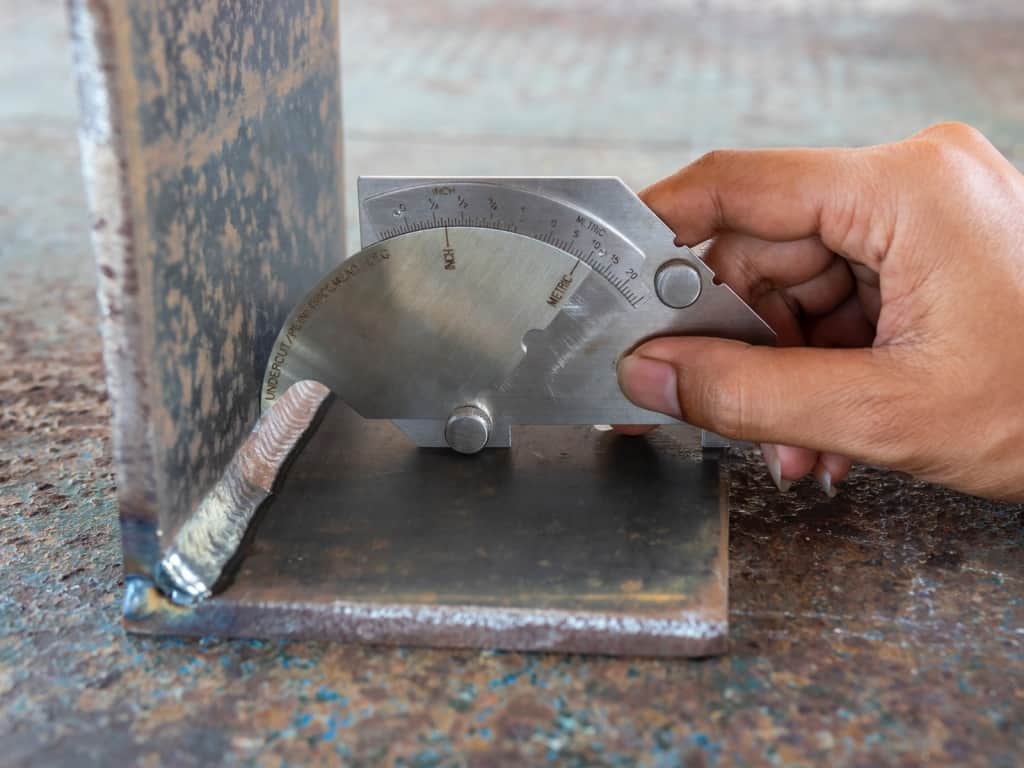Exactly How to Avoid Weld Undercut: Vital Tips for Welders
Exactly How to Avoid Weld Undercut: Vital Tips for Welders
Blog Article
Crucial Tips for Welders: Preventing Undercut Welding and Ensuring Stronger Weld Joints
In the world of welding, accomplishing strong and durable weld joints is the keystone of generating top notch work. One common challenge that welders usually run into is undercut welding, which can endanger the integrity of the weld joint.

Comprehending Undercut Welding
Undercut welding is a typical welding defect that takes place when the weld metal falls short to correctly fill the groove and causes a groove-like depression along the weld grain. This defect deteriorates the weld joint, making it susceptible to splitting and failing under stress. Damaging can be triggered by different aspects, including excessive welding present, high welding rate, inappropriate electrode angle, inaccurate electrode dimension, and inadequate welding technique.
One of the primary factors for undercut welding is an inequality between the welding present and the welding rate. If the welding current is too expensive or the welding speed is as well quick, the weld steel may not adequately fill the groove, causing damaging. In addition, using an electrode that is too big can result in a similar outcome, as the excess metal can not appropriately stream right into the groove.
To avoid undercut welding, welders should guarantee they are making use of the right welding parameters, maintain a suitable electrode angle, choose the suitable electrode dimension, and method appropriate welding strategies. By addressing these factors, welders can minimize the risk of damaging and develop more powerful, extra reliable weld joints.
Proper Welding Technique
Effective welding strategy plays a critical duty in making certain the top quality and honesty of weld joints. Appropriate welding method includes a mix of adherence, precision, and skill to ideal techniques. One essential aspect of proper welding method is keeping the appropriate angle and distance in between the welding weapon and the workpiece. Welders must additionally pay attention to the travel rate and warm input to avoid issues like damaging, porosity, or incomplete fusion.
Additionally, a regular and consistent hand activity is vital for creating solid and durable weld joints. Welders need to go for smooth, consistent activities to make certain even circulation of the weld material. Appropriate manipulation of the welding gun and filler product is also crucial to achieving ideal penetration and combination.
In addition, managing the warmth input and picking the suitable welding criteria based on the material being bonded are crucial consider achieving premium welds - Preventing weld undercut. Welders should comply with the advised setups offered by welding treatment requirements and adjust them as needed based upon the specific demands of the task. By mastering appropriate welding strategies, welders can dramatically enhance the stamina and dependability of their weld joints
Picking the Right Electrode
When taking into consideration the relevance of picking the appropriate electrode in welding applications,Maintaining the correct angle and distance between the welding gun and the workpiece is fundamental. The choice of electrode plays an important function in establishing the top quality and toughness of the weld joint. Electrodes can be found in numerous kinds, each made for certain objectives and products.
First of all, choosing the suitable electrode diameter is important. Thinner electrodes are appropriate for welding slim products, while thicker electrodes are much better for thicker materials and greater warmth applications. Matching the electrode size to the density of the workpiece helps achieve a balanced weld.
Second of all, comprehending the material structure of the electrode is important. Different electrodes are developed for welding particular materials like steel, stainless steel, aluminum, or cast iron. Using the proper electrode product makes sure great combination and reduces the risk of defects in the weld.
Last but not least, taking into consideration the welding setting and method is essential when choosing the electrode kind. For circumstances, specific electrodes are better matched for overhanging or upright welding positions, while others function well for level or horizontal placements. Choosing the best electrode based on the welding method boosts the overall weld top quality and stability.
Preparing the Base Steel
To make sure a successful welding procedure, what preliminary actions should be taken when preparing the base metal for welding? Properly preparing the base metal is essential for accomplishing strong and sturdy weld joints. The very first step in preparing the base metal is to cleanse it thoroughly to get rid of any type of impurities such as rust, dust, paint, or oil. This can be done making use of a cable chemical, grinder, or brush solvents. In addition, any existing weld material or deposit from previous welding should be eliminated to ensure a clean surface area for the brand-new weld.

Conducting Post-Weld Examinations

After conducting these assessments, welders need to contrast the outcomes versus sector standards and job demands to make sure that the weld joint satisfies all necessary criteria. Any deviations or insufficiencies discovered throughout the post-weld assessment must be quickly dealt with through ideal restorative steps to guarantee the weld's honesty. By vigilantly performing post-weld examinations and immediately resolving any issues, welders can promote the high quality and integrity of their job, ultimately adding to the security and long life of the welded structures.
Verdict

Finally, protecting against undercut welding and making sure more powerful weld joints need a mix of appropriate welding technique, selecting the right electrode, preparing the base metal appropriately, and carrying out post-weld examinations. By comprehending the sources of undercut welding and implementing the needed precautions, welders can create high-quality weld joints that satisfy sector standards and make sure the structural integrity of the bonded parts.
Undercut welding is a common welding problem that takes place when the weld metal stops working to appropriately load the groove Full Article and results in a groove-like depression along the weld bead (Preventing weld undercut). Damaging can be created by various elements, consisting of too much welding current, high welding speed, incorrect electrode angle, inaccurate electrode dimension, and inadequate welding technique
One of the main reasons for undercut welding is a discrepancy in between the welding existing and the welding rate. If the welding current is too high or the welding speed is too quick, the weld metal may not adequately fill the groove, leading to undercutting.Preserving the appropriate angle and distance in between the welding weapon and the work surface is essential when taking into consideration the relevance of picking the right electrode in welding applications.
Report this page